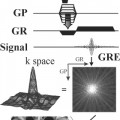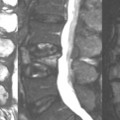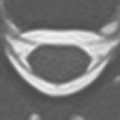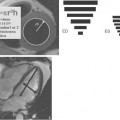11 Imaging Basics: Contrast-to-Noise Ratio (CNR)
The contrast-to-noise ratio (CNR) is defined as the difference in signal contribution (signal intensity; SI) between different tissues, divided by the background noise (N). For example, the contrast between cerebrospinal fluid (CSF) and white matter (WM) is given by |(SICSF – SIWM)|/N. Note that this measurement is specific to the tissues being compared.
Stay updated, free articles. Join our Telegram channel

Full access? Get Clinical Tree








